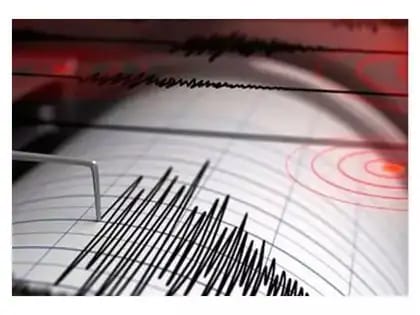Earthquake of Magnitude 4.4 Hits Haryana, Strong Tremors Felt Across Delhi-NCR | 10 July 2025

A powerful earthquake measuring 4.4 on the Richter scale struck Jhajjar district in Haryana on 10 July 2025, shaking large parts of Delhi-NCR including Delhi, Gurgaon, Noida, Faridabad, Ghaziabad, Rohtak, Sonipat, and Meerut. The tremors, which occurred at around 9:04 AM…
